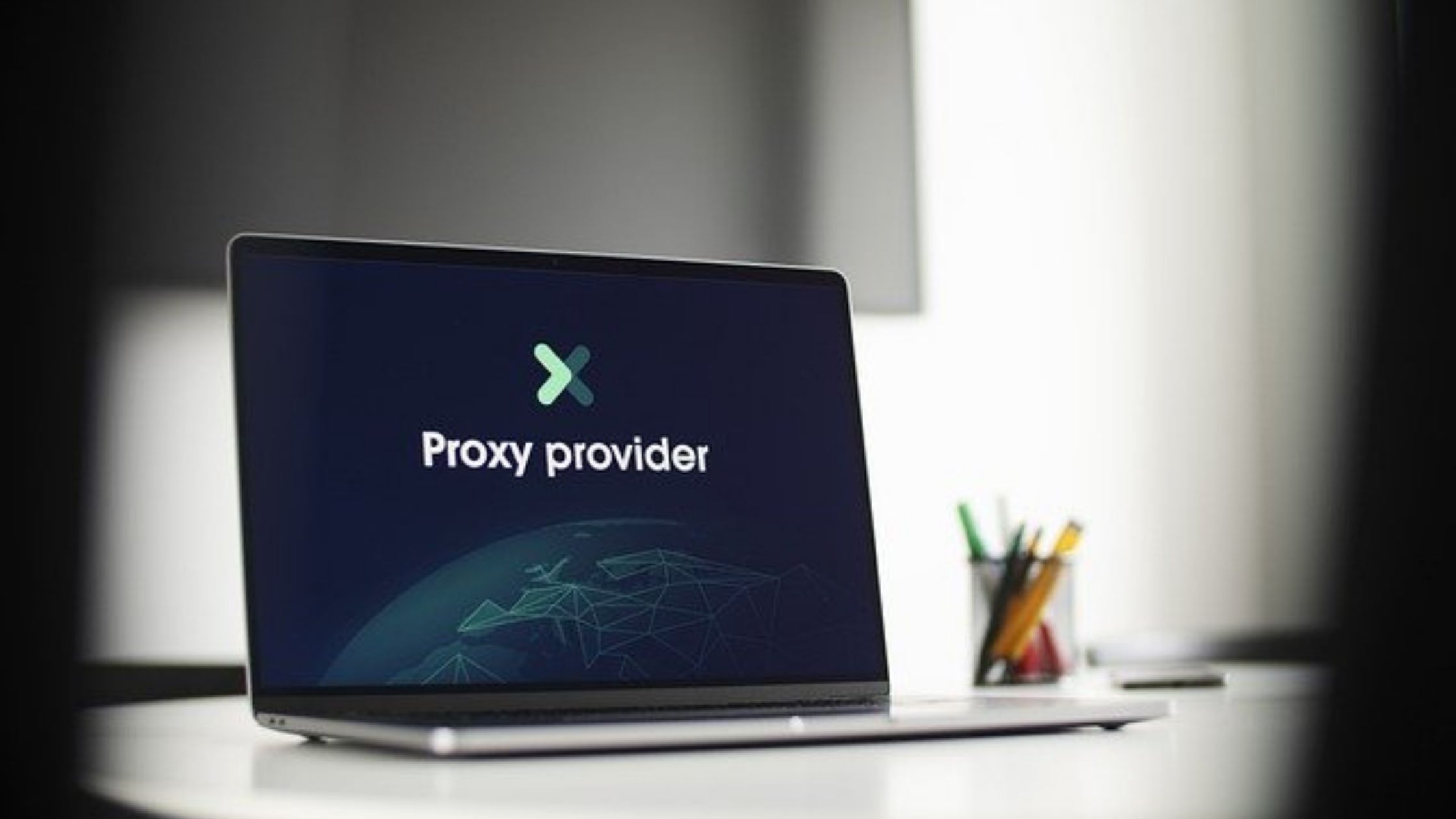With so much useful information found on the internet, some people collect data by copying and pasting it manually. However, this can be tedious and time-consuming if done for large websites with numerous pages. This is where web scraping becomes helpful.
Web scraping is an automation activity that involves extracting data from the internet in a fast and efficient way then transforming said data into a structured format. This process is useful for extracting relevant data you need from different websites regardless of data size.
More often than not, e-Commerce businesses collect new data from different websites and use it to enhance and develop marketing strategies. However, data scraping from websites is only legal for publicly available data. Thus, you should be guided by the rules of no plagiarism or any fraudulent act of data use.

That said, here are some of the best practices to scrape data without being detected:
1. Check for Exclusion Protocol of Robots
Before working on your web scraping project, you need to ensure that data collection is allowed on your target web page. You can do this by inspecting the site’s robots.txt file and checking the exclusion protocol of the robot’s file.
You want to only crawl the pages that have been allowed to be crawled. Moreover, respect and do not do anything that will cause harm to the page. A good tip is to crawl during off-peak hours. Also, don’t forget to set random intervals or delays in between your requests so that your web scraper won’t get blocked.
2. Take Advantage of IP Address Rotation
IP address rotation is essential when a proxy pool is in use. This is important because sites identify web scrapers by checking their IP addresses. Otherwise, you’ll likely get banned if you use the same IP address to make numerous requests on a web page.
IP rotation allows you to send your requests using different IP addresses, making it appear as if the requests are from multiple users. Consequently, this will help lessen your chance of getting blacklisted as it will appear like multiple users are making the requests.
3. Use Residential Proxies
Similarly, your chances of getting blocked are high when a site detects multiple requests from one IP address. This is where a proxy server comes in handy. Choosing a well-founded proxy server, such as the one here https://oxylabs.io/products/residential-proxy-pool, is highly essential in web crawling.
These intermediaries or proxies reduce your chance of getting blacklisted or blocked. They also allow access that is not available in your current location and guarantee anonymity.
If you want to experience the best results, select a proxy server that you can use almost anywhere, including a massive pool of IPs. Residential proxies allow you to pick a specific location and browse a website as an actual user in a chosen area.
Also, make sure that the residential proxy you choose has an authentic IP address.
4. Utilize Genuine User Agents
A user agent is a string that identifies the operating system and the browser to the webserver. User agents can be quickly identified as a threat by servers. That is why it is crucial to use real user agents that can configure known HTTP requests.
Always use an updated version of user agents and ensure that your user agent is customized to look organic.
5. Set the Correct Fingerprint
Some websites use anti-scraping mechanisms to identify bots, such as IP fingerprinting or TCP (Transmission Control Protocol), which is the internet’s backbone. TCP uses different parameters for web scraping, such as initial window state or TTL (time to live).
Ideally, you must set your parameters right to avoid getting blacklisted. For instance, if you are using a Chrome browser on Windows, the TTL should be 128. However, this value may not be consistent when you use a Linux-based proxy, and this can cause your request to be filtered out.
6. Be Aware of Honeypot Traps
Honeypot traps are links hidden in HTML. These links can detect and block web crawlers because robots tend to follow honeypots. However, setting honeypot traps requires a lot of work.
This is why it’s not a commonly used method. Nevertheless, if your crawler gets identified and blocked, there’s a huge chance that that website may be utilizing honeypots.
7. Use CAPTCHA Solving Solutions
CAPTCHAs ask website visitors to answer puzzles to confirm that they are not robots. To get through CAPTCHAs, a good practice is to use services or crawling tools that can solve them.
8. Change Your Crawling Pattern
Don’t use the same crawling pattern repeatedly when navigating a particular website. Add scrolls, mouse movements, or random clicks to make web crawling less predictable. However, do not make the pattern too evident by making it completely random. Just think of how a typical user browses the website.
9. Web Crawl on Off-peak Hours
Web crawlers go through web pages faster than regular users because their function is to collect data without reading content. As a result, this can impact server load and cause service slowdowns.
Therefore, it’s highly recommended to do web scraping during off-peak hours to avoid that.
10. Avoid Scraping Images
Scraping images will take more space and bandwidth because they are data-heavy. Also, scraping images can put you at risk of infringing copyright laws and even slow down your scraping process.
Conclusion
It can be frustrating when you get blocked or blacklisted during your web scraping project. Hopefully, you have learned some insights and best practices on how to minimize blocking while scraping data.
So the best things to keep in mind is to set your parameters right, avoid honeypots, and don’t forget to search for residential proxies with authentic IP addresses. Once you get all the data you need, you can use them for the success of your business.